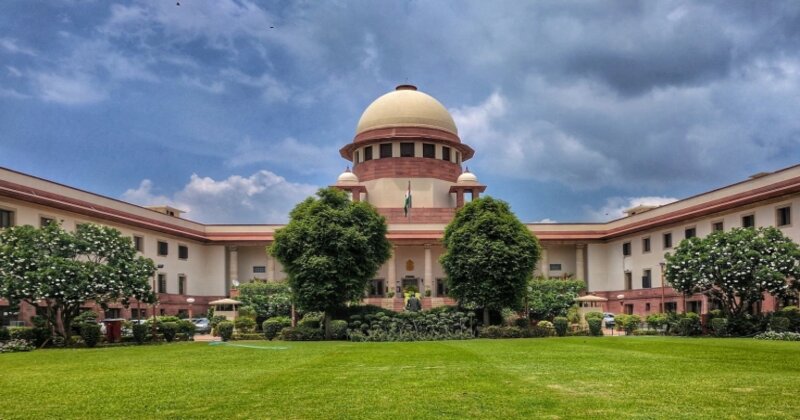
The expansion of judge strength in the Supreme Court of India has had limited impact on reducing the mounting case backlog, which has alarmingly surged over the past decade. Despite various reforms and the integration of technology, the number of pending cases in the Supreme Court has reached an unprecedented high of nearly 83,000, highlighting persistent challenges within the judicial system.
In 2009, the Supreme Court’s sanctioned judge strength was increased from 26 to 31 to address the growing case backlog. However, instead of declining, the backlog continued to rise, growing from about 50,000 cases in 2009 to 66,000 by 2013. Although there was a brief reduction in backlog during the tenures of Chief Justices of India (CJI) P Sathasivam, R M Lodha, and H L Dattu, the situation worsened again. Under CJI T S Thakur in 2016, the backlog rose to 63,000 cases. Subsequent efforts by CJI J S Khehar to modernize the judiciary, including the introduction of paperless courts, temporarily reduced the backlog to 56,000 cases—a rare instance of significant reduction.
However, the pendency surged once more during CJI Dipak Misra’s tenure in 2018, reaching 57,000 cases. Although CJI Ranjan Gogoi secured an increase in the Supreme Court’s sanctioned judge strength from 31 to 34 in 2019, the backlog of cases soon escalated to 60,000. The COVID-19 pandemic further exacerbated the situation, with the backlog reaching 65,000 cases during CJI S A Bobde’s tenure. Despite the adaptation to virtual proceedings, the justice delivery system struggled with the rising backlog. By 2021, under CJI N V Ramana, the backlog climbed to 70,000 cases, reaching 79,000 by the end of 2022 under the successive leadership of CJIs Ramana, U U Lalit, and D Y Chandrachud.
As of now, the Supreme Court faces a record-high backlog of 82,831 cases, with 33% of these cases less than a year old. Although the Court has managed to maintain near parity between new case filings (38,995 this year) and case disposals (37,158), the backlog continues to grow, casting doubt on the effectiveness of recent technological innovations aimed at streamlining court processes.
The situation in the High Courts and trial courts mirrors the challenges faced by the Supreme Court. In 2014, the cumulative pendency of cases in the High Courts was 41 lakh, rising consistently over the years to 61 lakh in 2023 before slightly dipping to 59 lakh. The trial courts have seen an even more dramatic increase, with pending cases rising from 2.6 crore in 2014 to an alarming 4.5 crore today. The escalating case backlogs across all levels of the judiciary underscore ongoing struggles within India’s justice system. Despite efforts to strengthen the judiciary and implement technological advancements, the growing backlog threatens the timely delivery of justice, posing a significant challenge that future reforms must urgently address.

Post Your Comments